How to Create Facebook Ads with AI in 25 Minutes🌟
Nowadays, if a business is interested in improving its marketing approach and reaching specific audiences, Facebook Ads are of great assistance. Google’s various ad services have been enhanced over the years, and with the scope of AI developing more rapidly, it has never been easier to set up and run these ads. In this manual, we’ll be showing you step by step how to go about using the Ads Manager on Facebook along with AI programs like Gravity Write to design and publish ads in less than 25 minutes. It does not matter if you have never done that before or you only want to master some details, this beginner’s guide is tailored for you!
Table of Contents
- Introduction to the Video
- Ads Manager Overview
- Campaign Objectives
- Awareness Campaign
- Traffic Campaign
- Engagement Campaign
- Leads and App Promotion
- Sales Campaign Explanation
- Campaign Structure
- Audience Targeting and Budget Management
- Performance Goals
- Ad Copy Creation Using AI
- Conclusion and Invitation to Learn More
🌟 Introduction to the Video
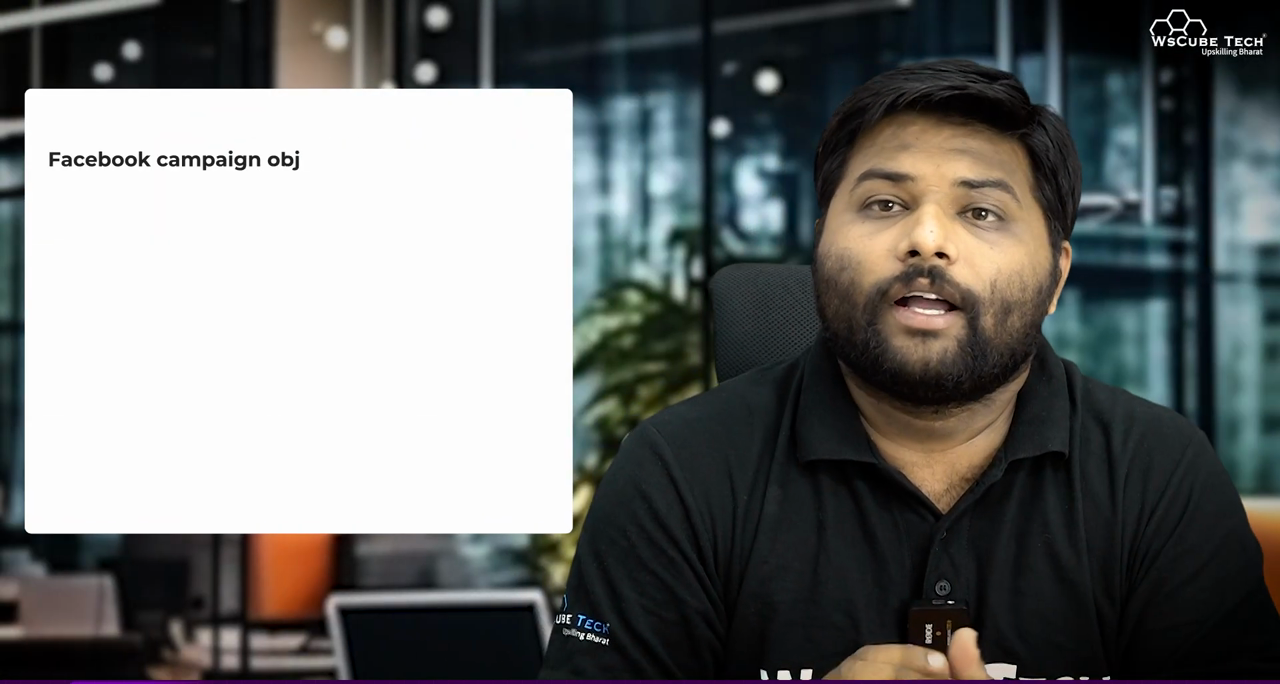
The video tutorial by Himanshu covers essential features of Facebook’s Ads Manager, emphasizing how to create, set up, and run successful advertising campaigns—particularly highlighting the role of AI in this process. Understanding your campaign’s objectives is fundamental in crafting effective ads. Let’s dive deeper into each element of the setup process.
🔍 Ads Manager Overview
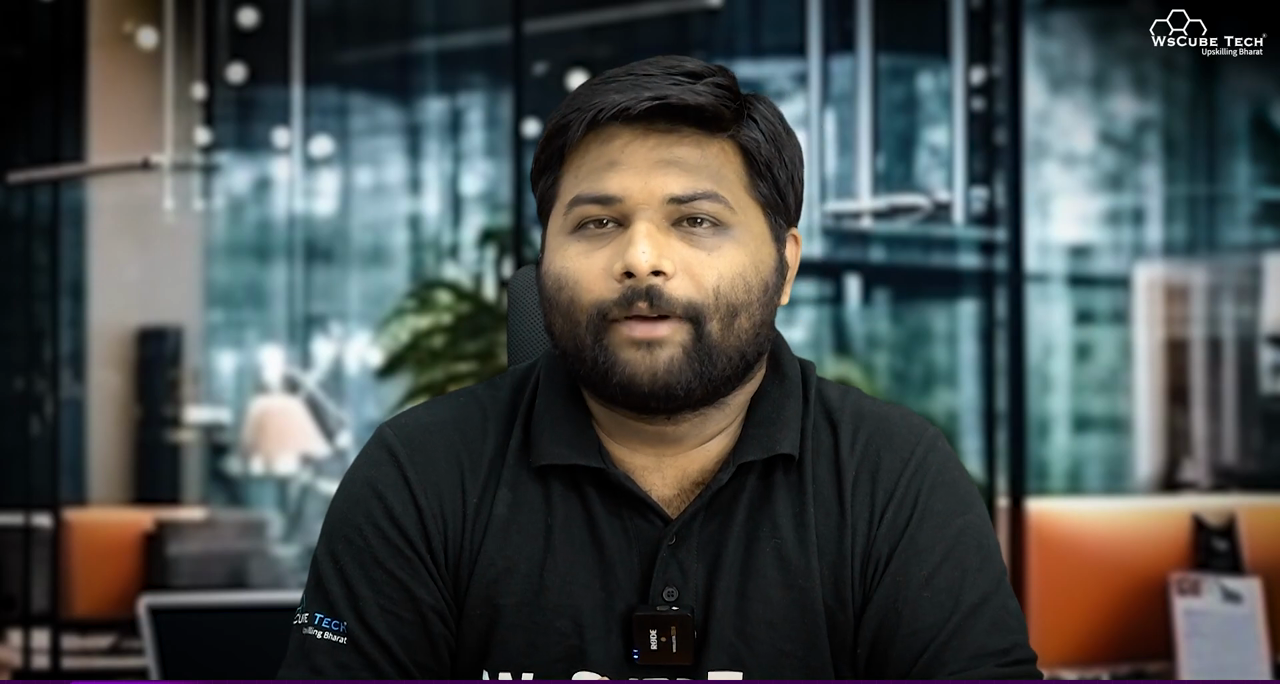
To manage advertising campaigns, Facebook has provided its users with the Ads Manager tool, which is an integrated operational interface. These essentially enable advertisers to generate, track as well as maintain their spending and performance in form of ads. Users navigate through a graphical interface comprising of icons to view statistics on how well the targets of their ads are performing. Knowing how to handle Ads Manager correctly and realizing its potential is important so as to have higher chances of successfully promoting and getting interactions on the advertisements. Understanding the design Organizations that create advertisements for their goods or services and wish to promote them over the internet assists in expediting the process of creating ads and makes you better at managing your current ads.
🎯 Campaign Objectives
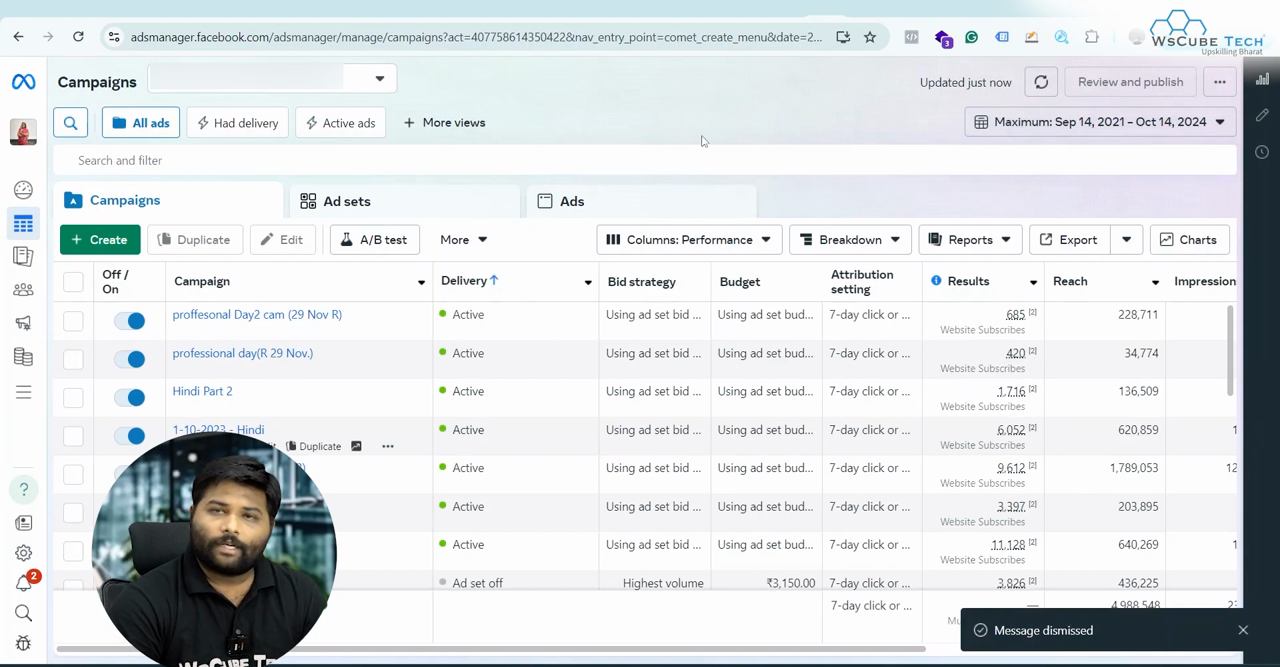
Setting clear campaign objectives is paramount. Facebook allows for multiple objectives that can align closely with your business goals. Here are the primary objectives you can choose from:
- Awareness: Focus on brand visibility.
- Traffic: Drive visitors to your website.
- Engagement: Increase likes, comments, or shares.
- Lead Generation: Collect information for future marketing.
- App Promotion: Encourage app downloads.
- Sales: Directly drive online sales.
Selecting the right objective ensures that your ads deliver the desired outcomes and resonate with your target audience.
📢 Awareness Campaign
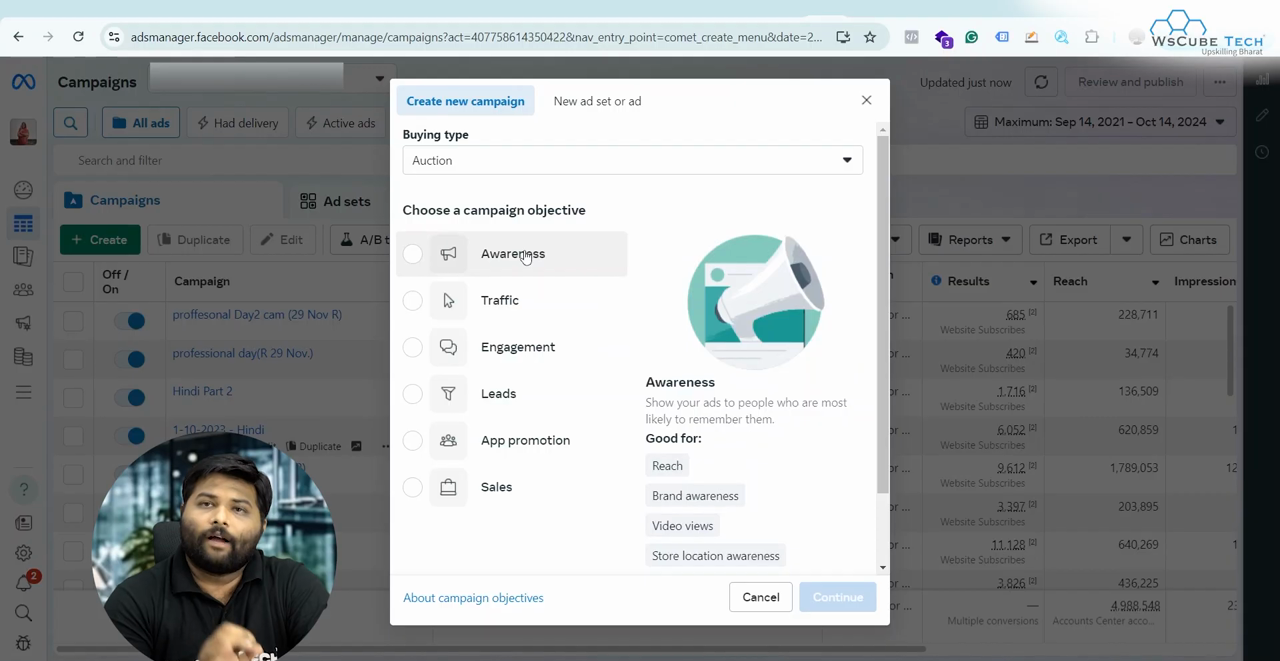
An awareness campaign’s key goal is to enhance brand visibility and recognition to a wider audience. This gives you the opportunity of marketing your brand to these types of customers. It is also important to keep in mind that appropriate metrics can be difficult for awareness campaigns so it is ok to assess reach or impressions more. However, coherence in images and slogans will greatly increase the effectiveness of all its advertising as well. Or maybe instead of welcoming her – offer the audience to explore more about the company and the site.
🚦 Traffic Campaign
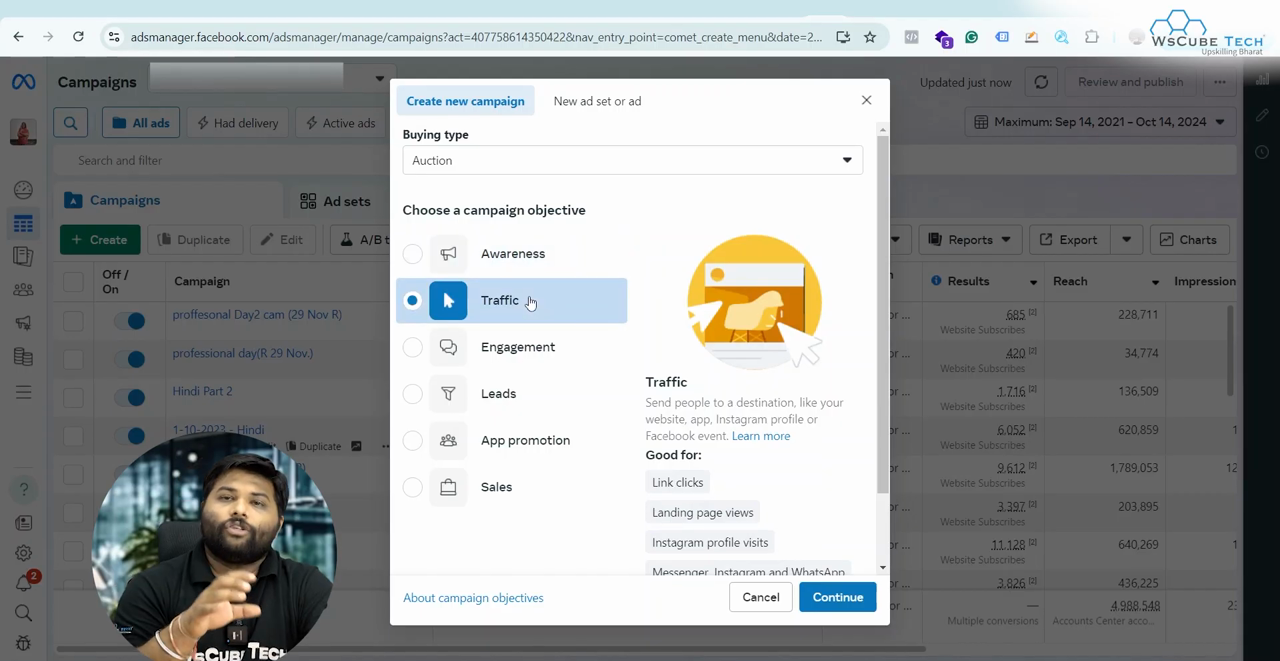
Traffic campaigns aim to bring users to your website or landing page, where they can discover more about your offerings. It’s crucial to have a well-optimized landing page that aligns with your ad. Successful traffic campaigns leverage eye-catching visuals and compelling copy that entice users to click through. While setting up traffic campaigns, make sure to analyze which sources generate the most click-throughs and adjust your strategy accordingly.
📣 Engagement Campaign
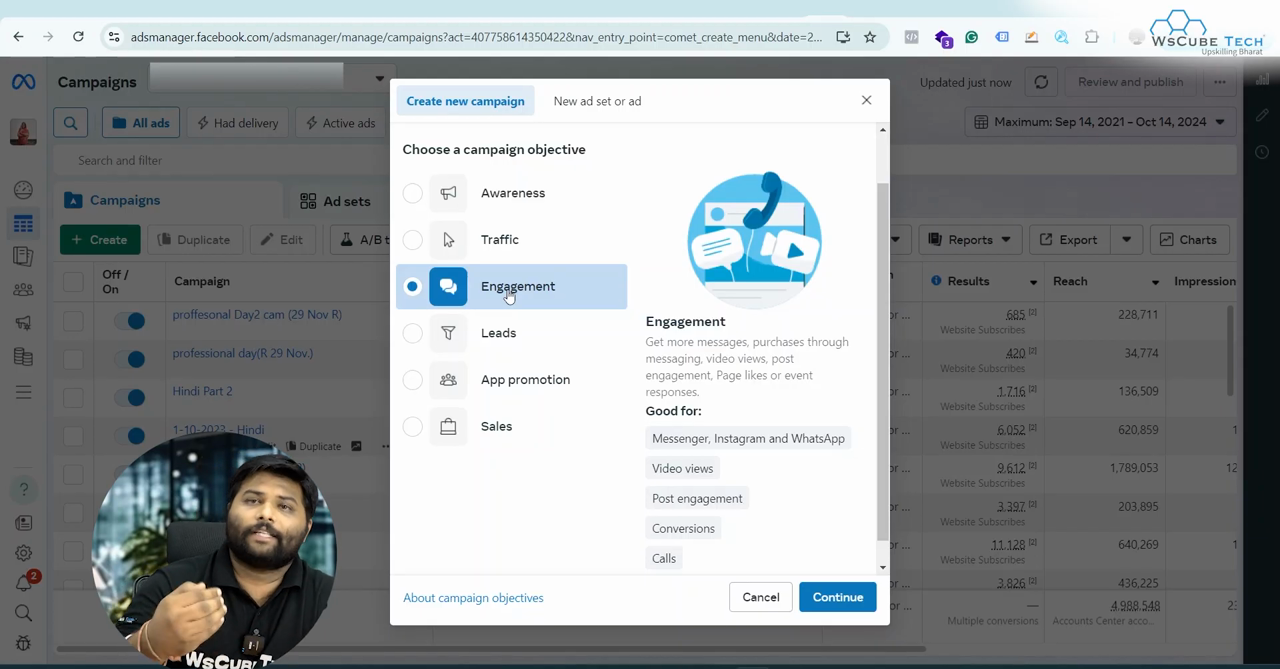
When seeking to engage directly with your customers, you conduct engagement campaigns. They encourage activities with content like, for example, likes, comments, and shares. By ‘posting’ interesting materials, fostering audience’s engagement, it is possible to build a community around the brand. For further improvement of these campaigns, think of using questions or other active posts that may stimulate the audience. Answering user comments can also increase the feeling of audience engagement.
📈 Leads and App Promotion
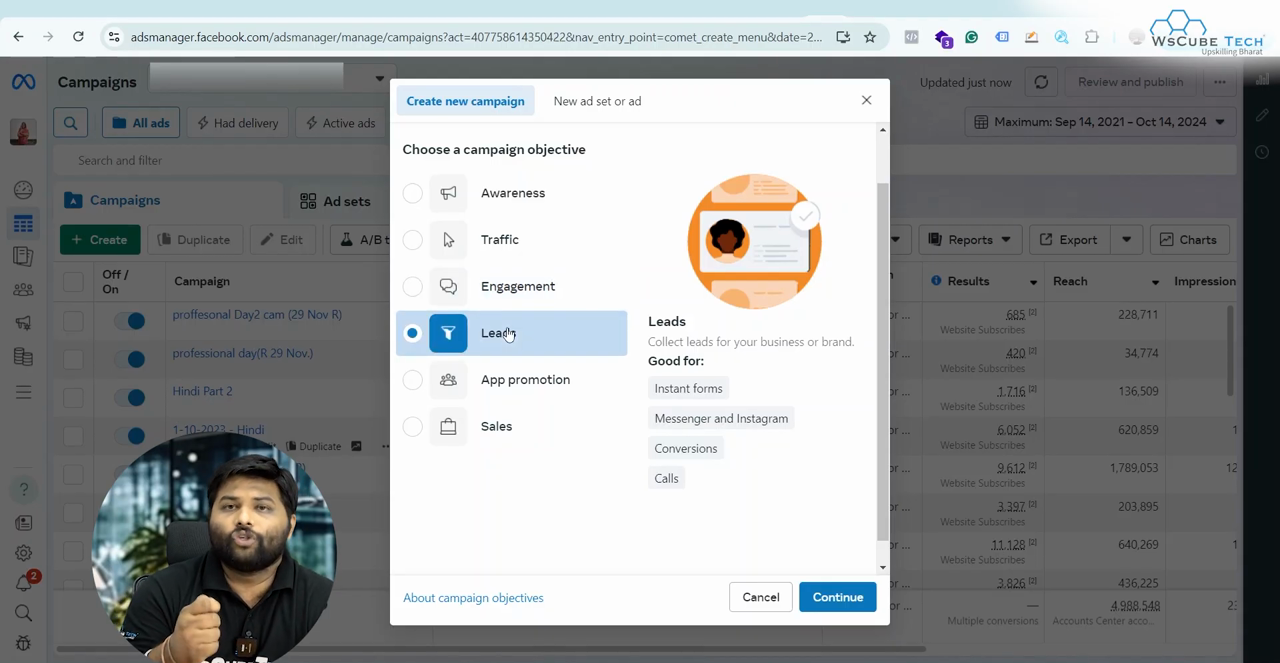
Lead generation campaigns are focused on collecting valuable user information, such as email addresses or phone numbers, for future outreach. Coupled with app promotion campaigns, users are encouraged to download your application or engage with it more frequently. A good call to action or incentive (such as discounts) will encourage more users to submit their information or try your app. Make sure that your ads clearly communicate the value proposition to the potential lead or app user.
💰 Sales Campaign Explanation
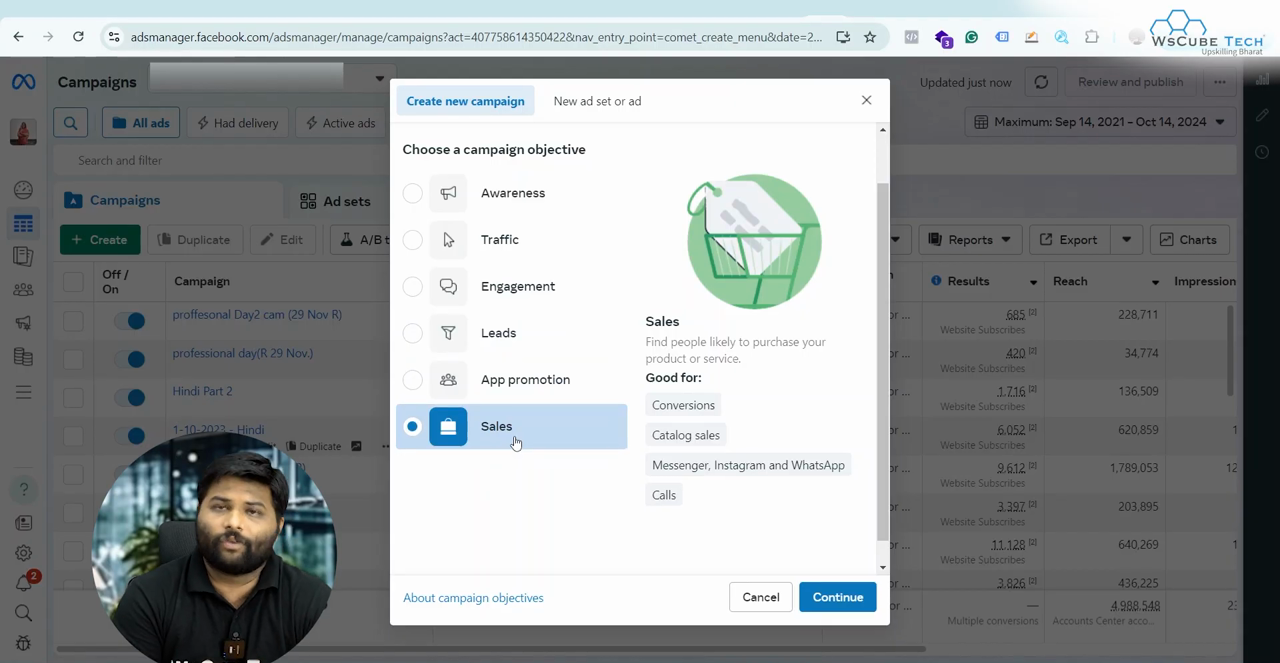
Sales campaigns directly aim to drive conversions and revenue. These campaigns usually involve retargeting users who have shown interest in your products or services recently. Using persuasive visuals and limited-time offers can create urgency for potential customers to make a purchase. Effective sales campaigns leverage a mix of testimonials, trust signals, and a seamless user experience to boost conversions.
🏗️ Campaign Structure

There is a hierarchy in the Ads Manager, hence the need to grasp the organizational structure of your advertising campaigns. The apex of it is the campaign, in which one can specify the target goal. Under that are ad sets, which target a particular group of people, location, and amount. Finally, the ads themselves are the means through which creative content is produced. Such an approach makes it easier to plan and execute promotion campaigns and makes it possible to control different scopes of promotion simultaneously.
🎯 Audience Targeting and Budget Management
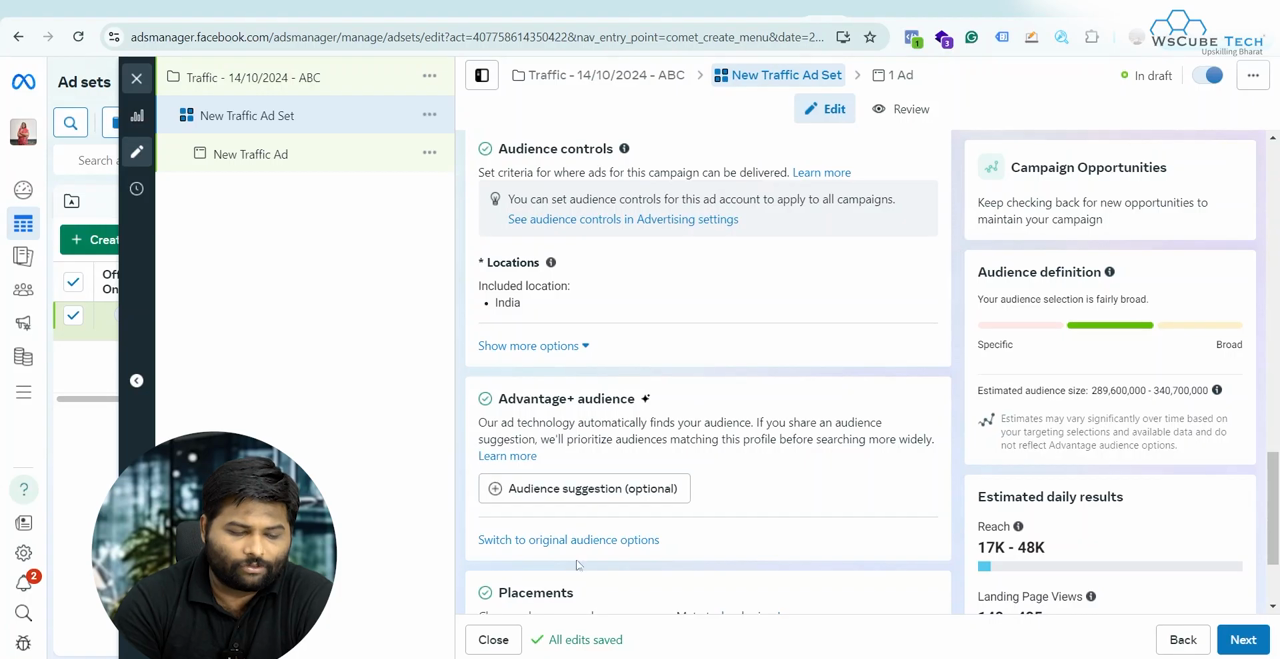
Particularly when trying to grow a brand or a service, Facebook Ads is seen as a major advantage in the sense that it allows you to advertise for specific target audience in regard to diverse criteria such as their gender, age, income, education, preferences and purchasing patterns. Concentrating your ads on your client profile ensures that you do not waste resources on incorrect target segments. Furthermore, by having good control over the expenses associated with running any advertising campaign makes it possible to achieve a high level of profitability. There is both a daily and lifetime budgets type which you can use to set, and with effective constant tracking you can most definitely change marketing strategies in real time depending on the evaluation of the performance of the campaign.
📊 Performance Goals
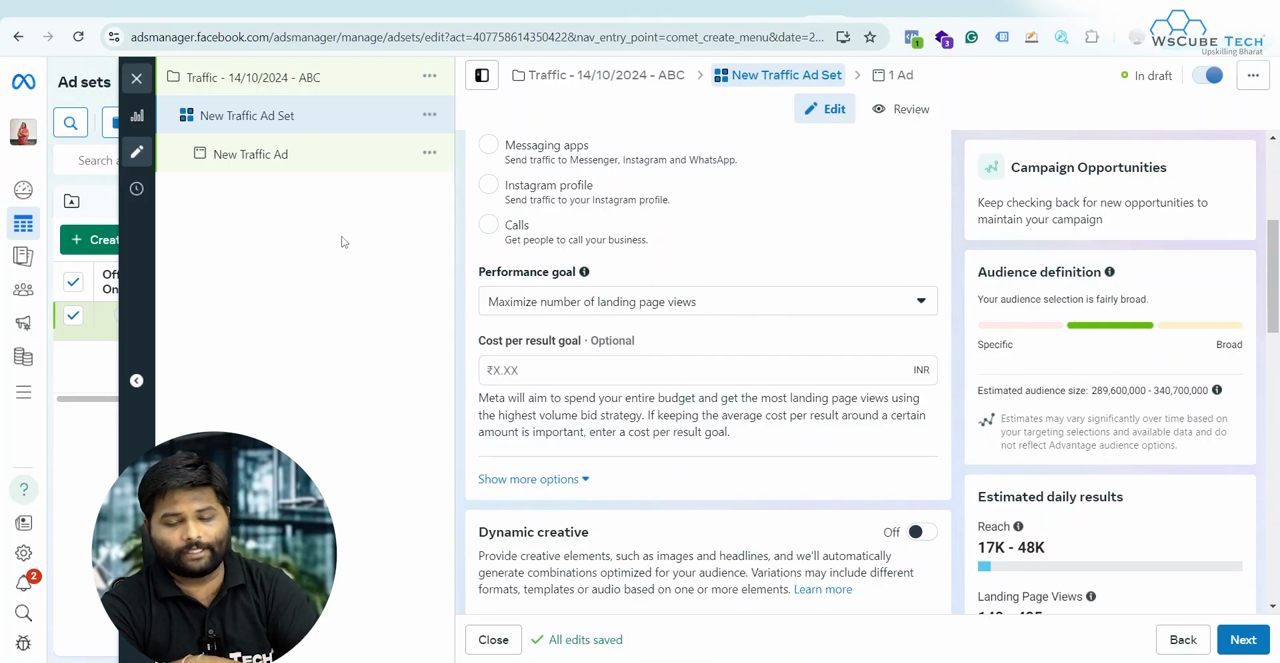
Establishing measurable targets is crucial while assessing the performance of the advertising effort. Aspects to use metrics for include but are not limited to click-throughs, conversions, engagements, and reach. Such metrics should be continuously evaluated to determine the effectiveness of what is being done and improve on what did not work in the previous campaigns. Data gathered from Facebook’s Pixel tool can also enhance the retargeting strategy and measurement of performance.
✍️ Ad Copy Creation Using AI
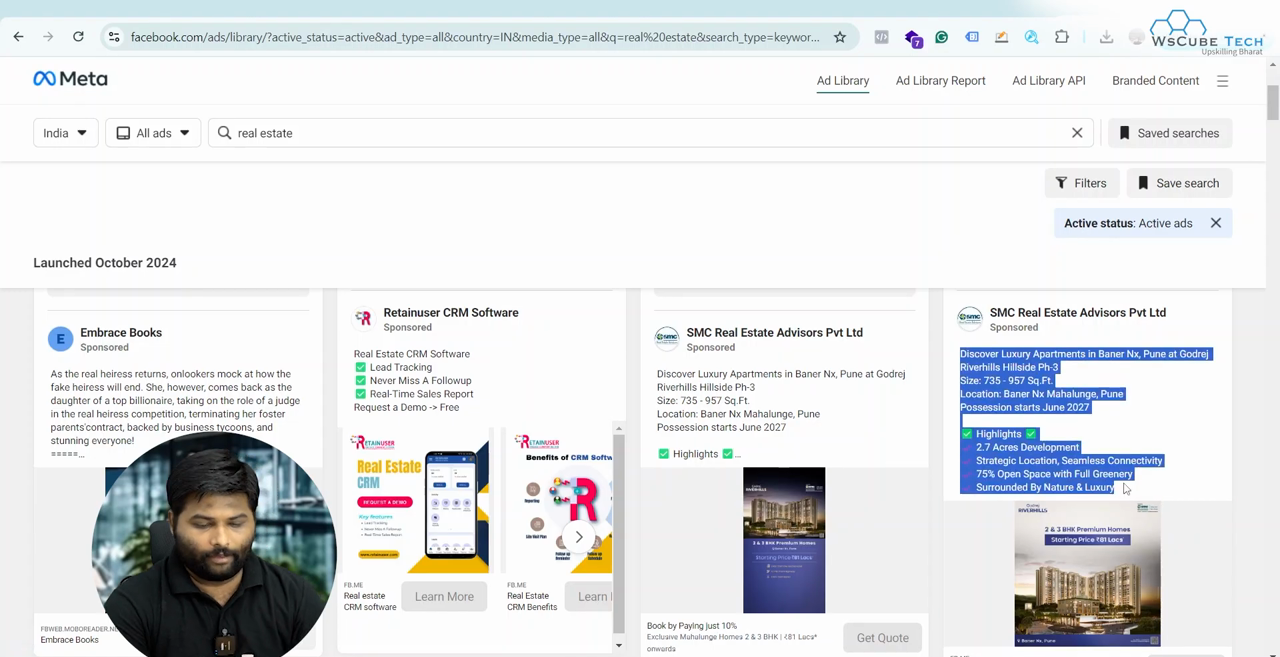
Apprehending a potential audience through riveting ad copy cannot be overlooked. Such AI programs include Gravity Write which describes itself as a versatile platform that quickly generates high-quality ad content. With the help of AI, these tools create ads that sell by getting into the depths of analyzing trends and keywords and adhering to standards in the domain! Household appliances appear useful not only because they speed up daily work but also streamline creativity within the entire workflow, giving the opportunity to marketers to think of the strategy and optimization.
📝 Conclusion and Invitation to Learn More
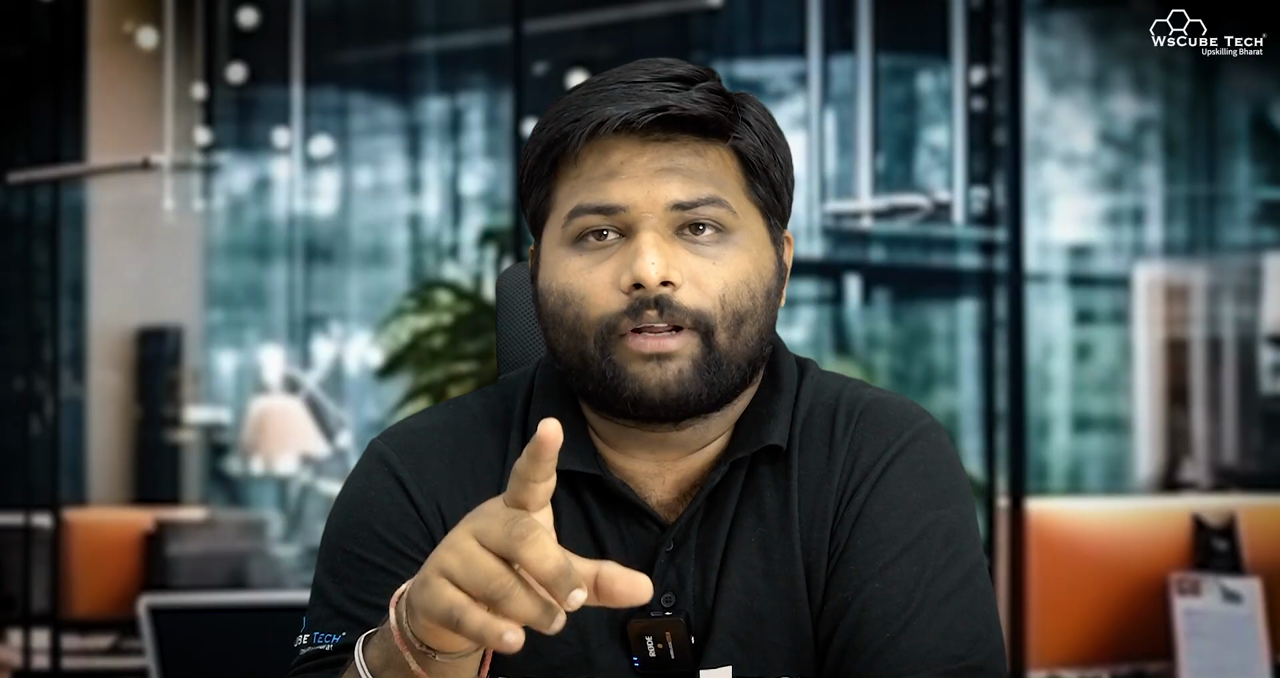
Using Facebook’s Ads Manager as well as other artificial intelligence tools, it is possible to create, design and run effective advertisements in only 25 minutes. For gaining competitive advantages, any marketer should understand their campaigns’ goals, create audience segments, and figure out how advertisements are established, changes made and how they target their competitors. Make further learning activities in digital marketing as this area is quite rapidly changing!
